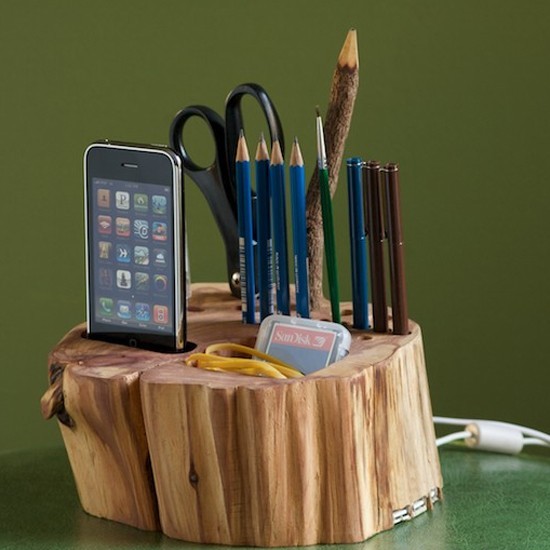
By John R. Quain, new York Times News Service In Print: Friday, July 15, 2011
Social Bookmarking ADVERTISEMENT ADVERTISEMENT
Tying a big red bow around a new sports car is one way to give someone the latest in-car technologies, but for most of us that’s just a marketer’s fantasy. Fortunately, there are plenty of high-tech baubles that can be added to your own car to improve safety, convenience or both. And you don’t have to take out a new loan to get (or give) them.
Personal navigation device
Smartphones have built-in GPS function, but for some tasks, like in-car navigation, a stand-alone device is better. When a cell phone signal drops, your directions stop. plus, cell phone screens are generally smaller and difficult to read in direct sunlight.
TomTom’s GO 2535 M Live is a $350 portable navigation device with a 5-inch screen and a new live traffic feature known as HD Traffic. It not only culls current traffic feeds from local reports and historical data to figure the best route but includes live reports from other TomTom users on the road. so fellow TomTom users who are stuck in traffic can warn the service, and you.
The first year is free, then it costs $59.95 a year for a bundle of services including local gas prices and weather warnings.
iPhone radar
Radar detectors are also getting high-tech upgrades. Cobra, for example, has created the $129 iRadar, which works in conjunction with an iPhone. The radar detector can use the connected smartphone’s built-in GPS function and Internet connection to add information, like the location of hidden red light cameras and speed trap cameras. Location information is updated regularly and the relevant warnings are displayed.
Tracking your car
Increasingly popular are remote tracking devices for the car. one of the latest is the Viper SmartStart GPS. The $300 package includes a GPS unit with a cellular data connection that sends alerts to an iPhone or Android-based smar phone. It can tell you if your car is being moved, or being stolen, and parents can use it to monitor young drivers. just draw an electric fence on the associated app’s map and if the vehicle moves beyond the designated area, you’ll get an alert. The system must be installed by a professional, who may charge an additional fee, and service plans start at $5 a month. a remote start costs an additional $200, but then you’ll be able to start the car by using your phone.
Chargers
Arguments about who gets to use the limited 12-volt plugs in the car to power a phone or MP3 player are common. To reduce conflicts, there’s Belkin’s Dual Auto Charger for iPhone and iPod. The $29.99 accessory works with any device that charges via a USB cable, including Android phones, Bluetooth headsets and even navigation devices like the TomTom. just plug it into a 12-volt outlet and connect two devices; one USB outlet offers a “quick charge” and the other a longer charging time. so there may be something to argue about after all.
Anti-Sleep Pilot
If people knew when they were about to fall asleep, they wouldn’t wake up on the couch. while this may seem like a cute foible, behind the wheel it can have dangerous consequences. a new solution is the Anti-Sleep Pilot, a $179 gadget that sticks to the dash. It has a built-in motion detector, flashing lights and audible alarms. The driver starts by setting a fatigue level (based on answers to questions) on the Pilot, then the device will periodically beep to test the driver’s alertness. Based on how long it takes for the driver to touch the Pilot and silence the alert, it gauges the level of fatigue. When it judges that the driver should take a break, its lights go red and an alarm sounds. Devotees of the iPhone can opt for a $19.99 app that mimics most of the features of the stand-alone gadget.
[Last modified: Jul 13, 2011 08:57 PM] Click here for reuse options! Copyright 2011 St. Petersburg Times Click here to post a comment
Join the discussion: Click to view comments, add yours